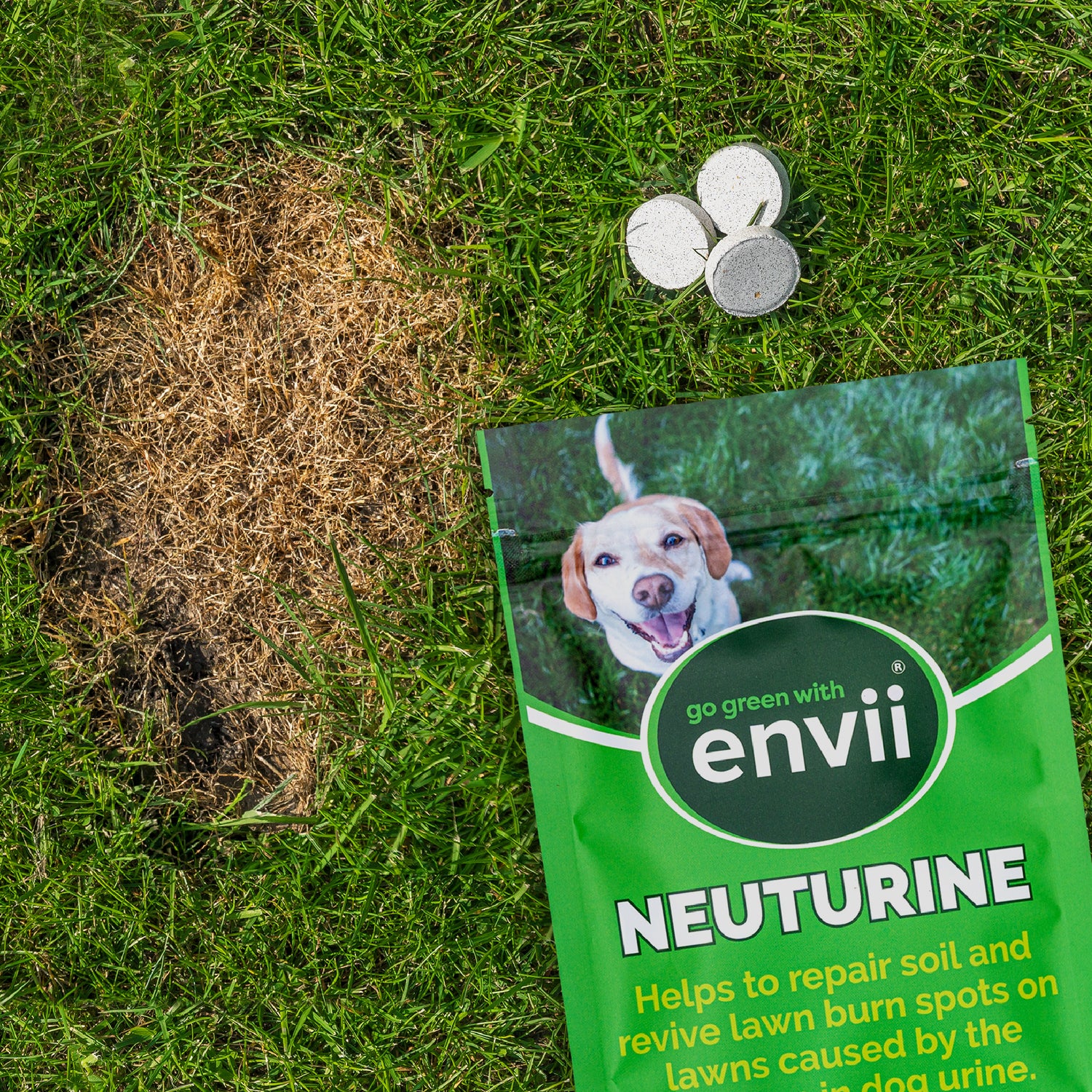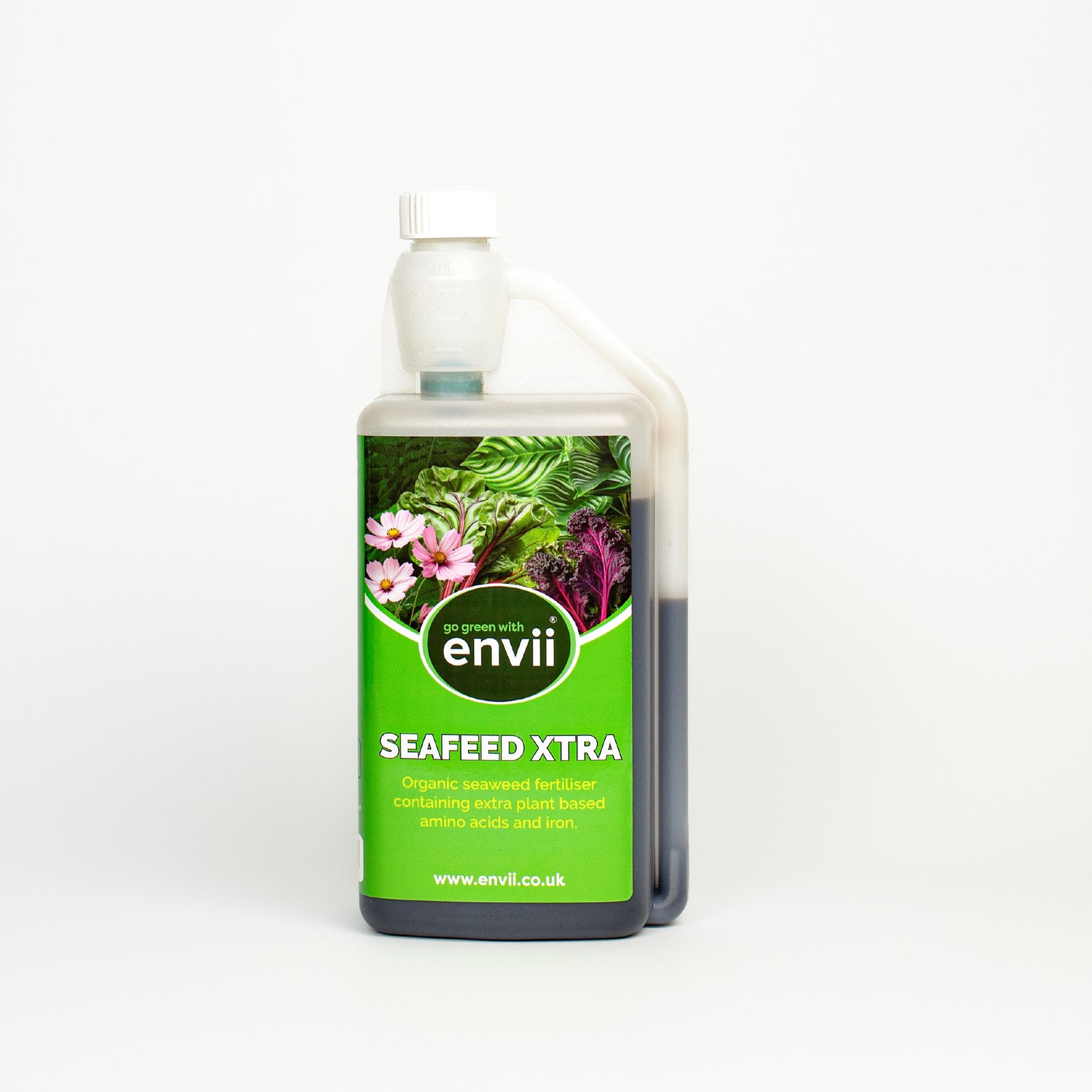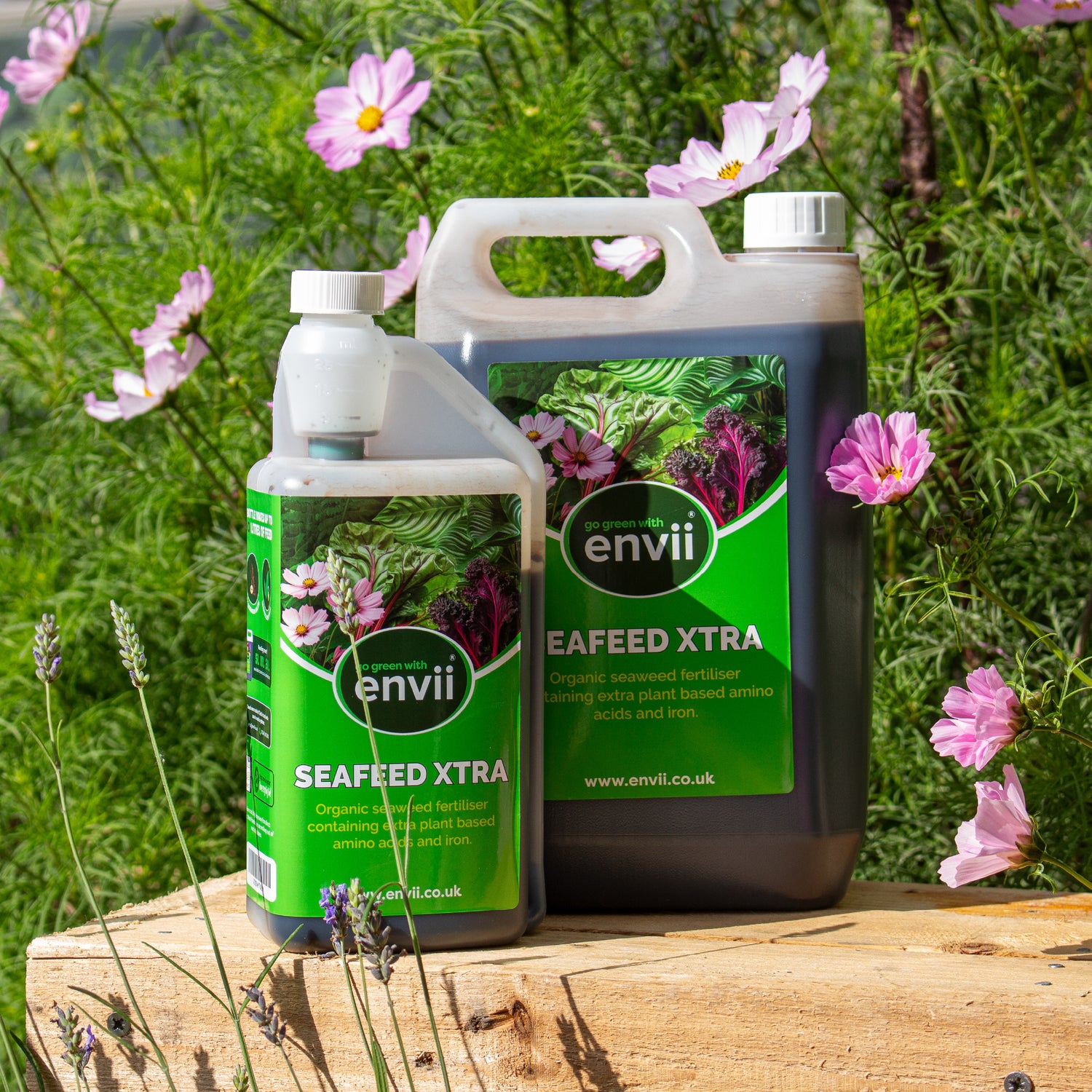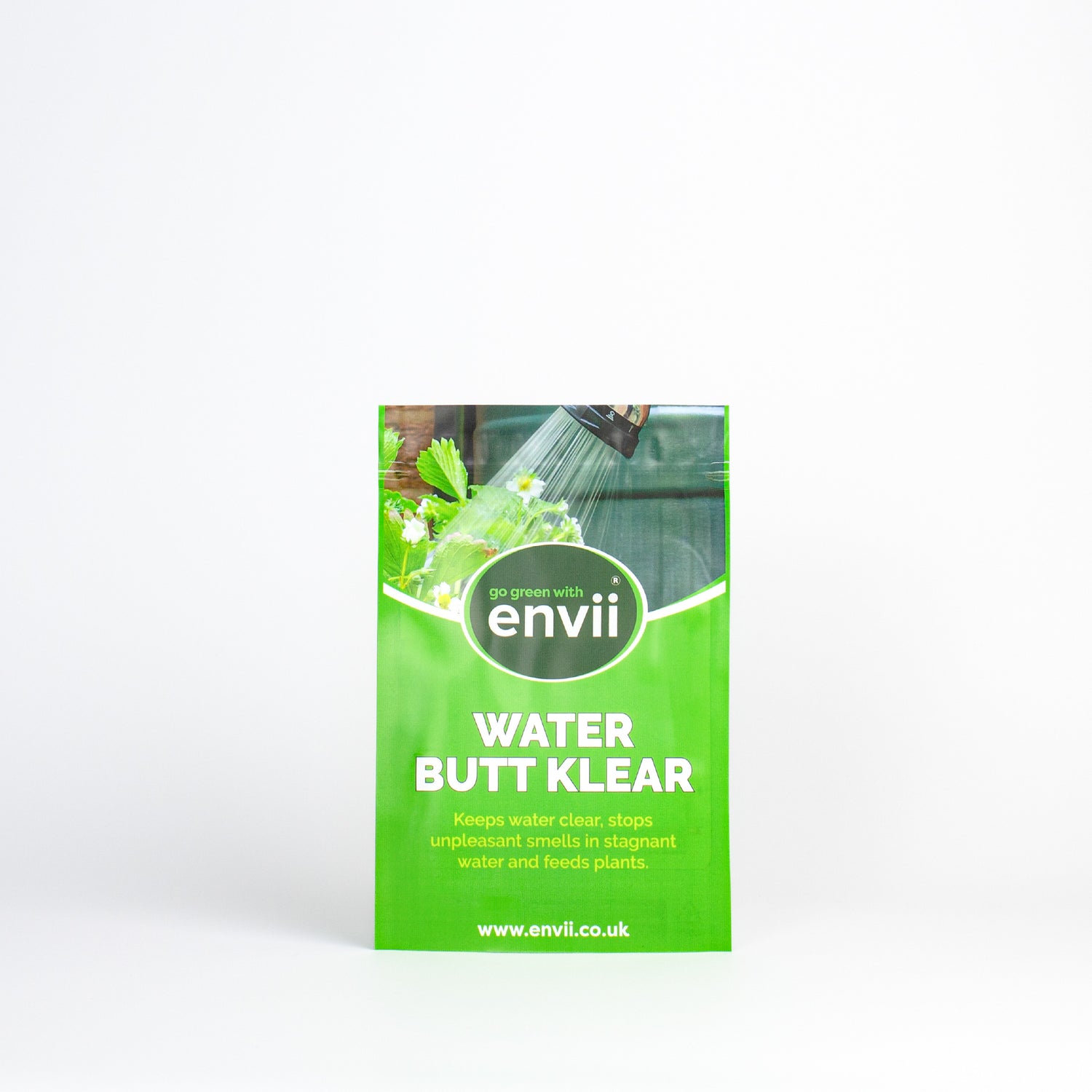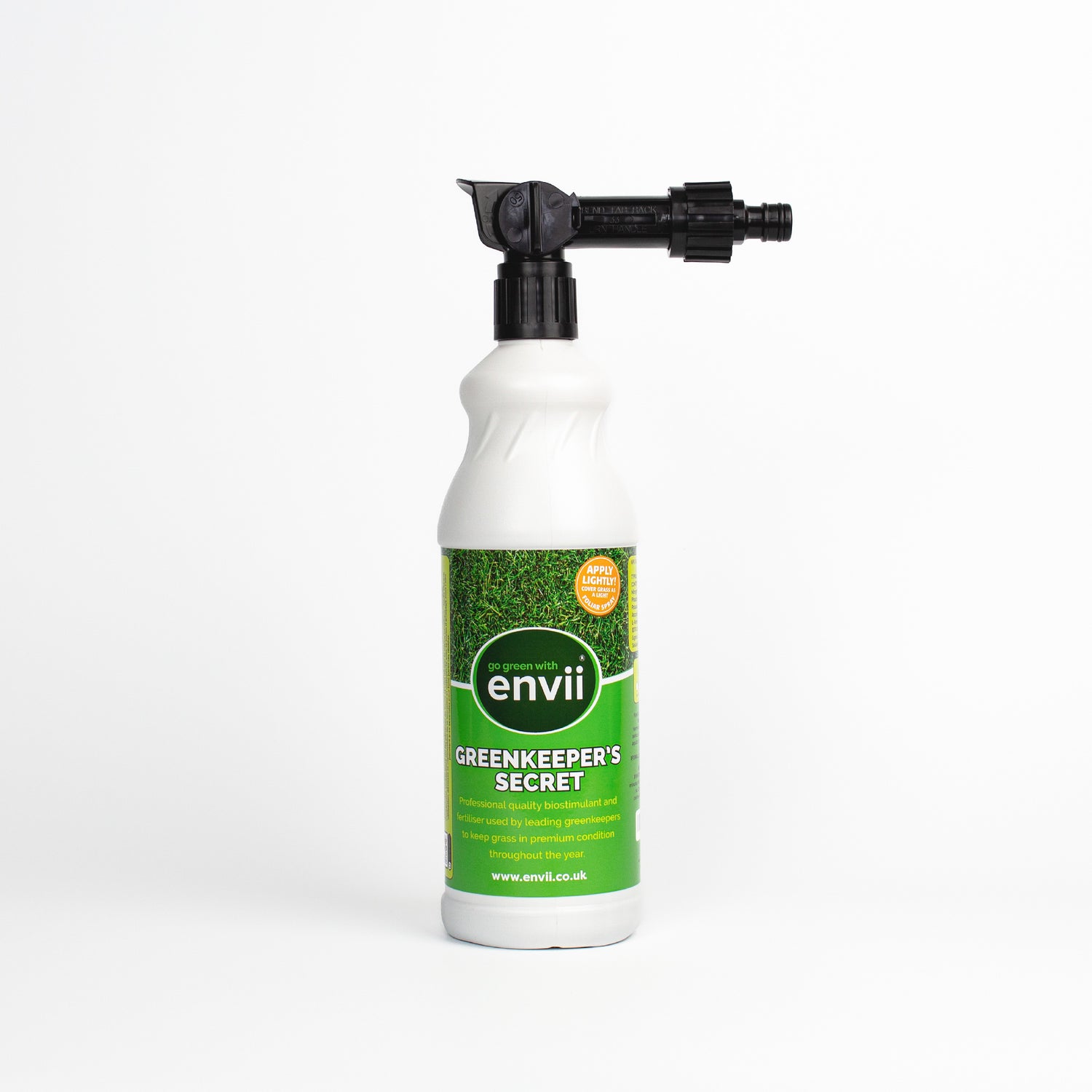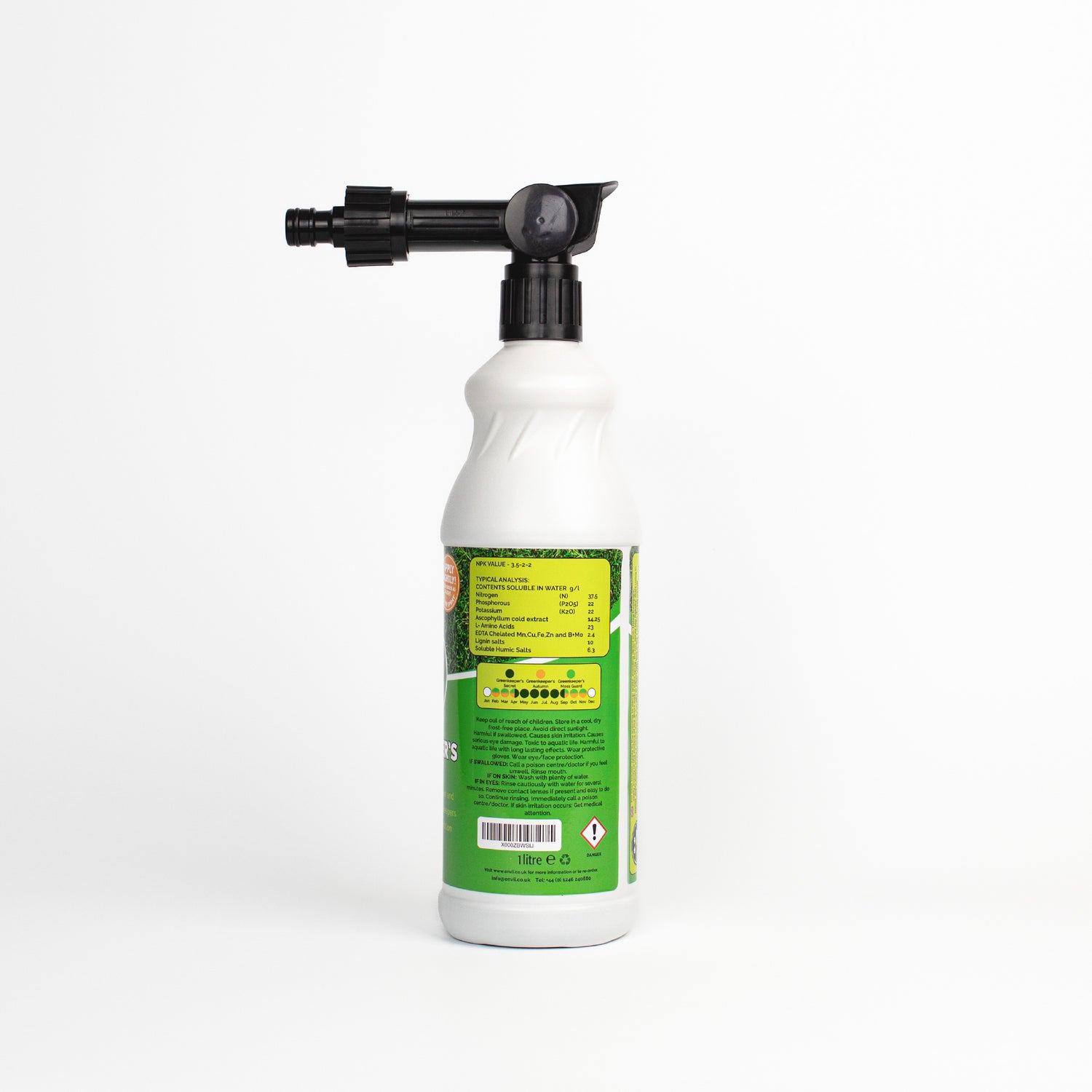As dog lovers, we know how crucial it is to protect your furry companions from potential dangers. That’s why we’re sharing a list of poisonous plants that can be toxic to dogs and how to spot the signs of poisoning. Some of these may surprise you, but by avoiding them in your garden or taking extra precautions if you do grow them, you can help ensure your curious pets stay safe and healthy while enjoying your outdoor space.
Toxic plants that are poisonous to dogs
So many plants are perfectly pet-safe and pose no threat to your dog’s health, however, there are several dangerous plants poisonous to dogs that you should be aware of. With this in mind, be sure to keep your furry friends well away from the following common poisonous plants:
1. Daffodils (Narcissus species)
Bright and cheerful daffodils are among the several garden plants toxic to dogs. Even a small nibble of either bulb or flower can lead to stomach upset and vomiting. In severe cases, ingestion may even cause fitting and changes to blood pressure, heart rate, and body temperature.
2. Onions & Garlic (Allium species)
Common in many kitchens, onions and garlic can cause serious health issues for dogs, including weakness and a decrease in red blood cells if your dog eats or chews them.
3. Yew (Taxus species)
This evergreen shrub, often used in hedges, is highly toxic to dogs; even a few berries or leaves can cause sudden heart problems.
4. Rhododendron (Rhododendron species)
With its showy blooms, rhododendron can be tempting for curious dogs, but it can lead to severe gastrointestinal upset if ingested.
5. Holly (Ilex aquifolium)
Known for its festive red berries and prickly leaves, holly can upset a dog’s stomach and cause vomiting if they munch on it.
6. Foxglove (Digitalis purpurea)
These tall and striking flowering plants can be deadly to dogs. If your dog ingests any part of this poisonous plant, it can disturb their heart rhythm.
7. Angel Wings (Senecio candicans)
These hairy plants, while beautiful, can be life-threatening to both cats & dogs if they decide to chew on the leaves.
8. Baby’s Breath (Gypsophila paniculata)
Often used in floral arrangements, Baby’s Breath can irritate a dog’s stomach, leading to nausea and diarrhoea if ingested.
9. Morning Glory (Ipomoea species)
The colourful blooms of Morning Glory can attract dogs, however, the seeds can cause nausea and even hallucinations if eaten.
10. Ragwort (Senecio jacobaea)
This wildflower, often found in fields, is particularly toxic to dogs as it can cause severe liver damage and is very dangerous if ingested.
Other toxic plants for dogs include:
- Aconitum
- Azalea
- Bluebells
- Cotoneaster (Cotoneaster species)
- Dog’s Mercury (Mercurialis perennis)
- Geranium (Pelargonium species)
- Giant hogweed
- Horse chestnut
- Hydrangea
- Ivy
- Nightshade
- Oleander
- Tomato plants (Solanum lycopersicum)
- Wisteria
Note – if your pet eats a poisonous plant from the list above, take them to the vet immediately for treatment and specialist veterinary advice. For more information and a full list of common garden plants with toxic effects, check out this fact sheet from Dog’s Trust.
How to keep your dogs safe in your garden
After reading this blog you’ll likely be doing this anyway, but we suggest only placing non-toxic plants in your garden or home to keep your four-legged friends safe and sound from harm.
There are plenty of dog-friendly plants available that are sure to inject freshness and vibrance into your garden or home. This should be most outdoor or indoor plants that aren’t listed above, but always research beforehand, just in case!
However, if you decide to grow toxic plants and you have pets, be sure to keep them securely fenced off, and don’t allow your dog to access the area where they’re planted.
Spotting the signs of plant poisoning in dogs
Possible symptoms that your dog is suffering from the effects of a poisonous plant may include:
- An upset stomach and diarrhoea
- Lethargy
- Vomiting
- Drooling
- Reduced appetite
- Difficulty breathing
- Muscle tremors and seizures
- Allergic reactions including rashes, red skin, and mouth ulcers
If you get your dog to a vet straight after they’ve eaten an extremely poisonous plant, you could save your pet from life-threatening conditions such as liver and kidney failure, and even death.
Dog Urine Spots On Your Lawn?
While it’s important to be aware of potentially dangerous plants that can cause your treasured pets harm, it’s equally essential to maintain a beautiful and safe garden through more than just plant selection.
If you’ve ever dealt with unsightly lawn burn caused by pet urine, Envii has you covered.
For fresher yellowing patches caused by dog urine, Neuturine is your first line of defence. This formula of beneficial bacteria works to break down the urine and restore your grass.
In cases where the grass is beyond saving, Patch Repair for your lawn is essential. This product combines beneficial bacteria with grass seed and seaweed. The bacteria in this unique formula help breakdown any remaining urine, making the soil more hospitable for new growth. Meanwhile, the seaweed nourishes the area to encourage fresh and healthy grass.
Once your lawn is in top condition, Greenkeeper’s Secret is the perfect solution to keep it lush and green all year long.
Our specially formulated products are designed to protect your lawn from these common issues caused by pet urine, ensuring your outdoor space remains healthy and inviting for both you and your furry friends.
Summary
Share



